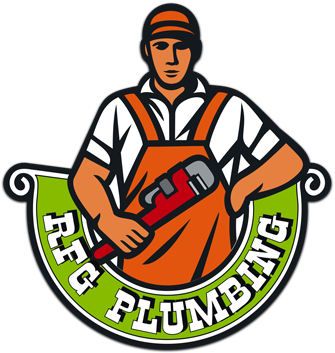As the temperature begins dropping it’s important to prepare your home for winter. The following fall plumbing tips will help you stay on top of your plumbing needs.
OUTSIDE THE HOME
Hoses should be drained and stored indoors for the winter. Water expands when frozen and can split a cold hose. In addition, constant freezing and thawing can break down and cause cracks in the hose damaging it. A drained and stored hose will last much longer over time.
Cleaning your gutters will ensure the flow of water and prevent standing water to freeze. Ice build up can cause your gutters to fail and in some cases the weight can cause collapse.
Outdoor water valves should be drained if possible. Though many homes have winter ready outdoor valves some will require draining to prevent frozen and damaged pipes. If there is a shutoff valve in the house leading to the valve it should be closed to allow the outdoor valve to be opened and drained or blown out. In addition, outdoor water lines as well as in the basement can be insulated to further protect you from those harsh winters.
INSIDE THE HOME
Checking your sump pump and backwater valves for signs of wear or damage can save you from having to fix a problem when its too cold. Sump pumps eject water away from your home while backwater valves prevent sewer water from entering. freezing water can damage your footings and basement walls if left to freeze and thaw next to the structure.
Have your water heater and furnace inspected. Both items work overtime during the winter months, having one fail in a cold spell is a disaster so preventative maintenance will make your life a lot easier.
EMERGENCY PREPERATION
Disaster strikes when you least expect it. Vacations aren’t the only times to be prepared, a water leak can happen any time.
Locate your water shutoff and make sure everyone in the household knows how to use it in case of and emergency, stopping the flow of water sooner than later will prevent damage to your home.
When going on vacation close the main water valve and run the faucets to drain pipes. turn down the thermostat to releave strain on the furnace.
New technologies like smart thermostats and and remote leak detectors can send an alarm to your phone while remote main shutoff valves can allow you to stop the flow of water from wherever you are.
Following fall plumbing tips and creating a yearly routine of inspection, preventative maintenance and emergency preparation will drastically improve your odds of avoiding or mitigating damage to your home and property.
Click on An Exhaustive Checklist for Winterizing Your Home for a detailed checklist by MIRANDA N. BENSON



Recent Comments